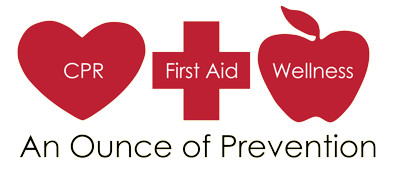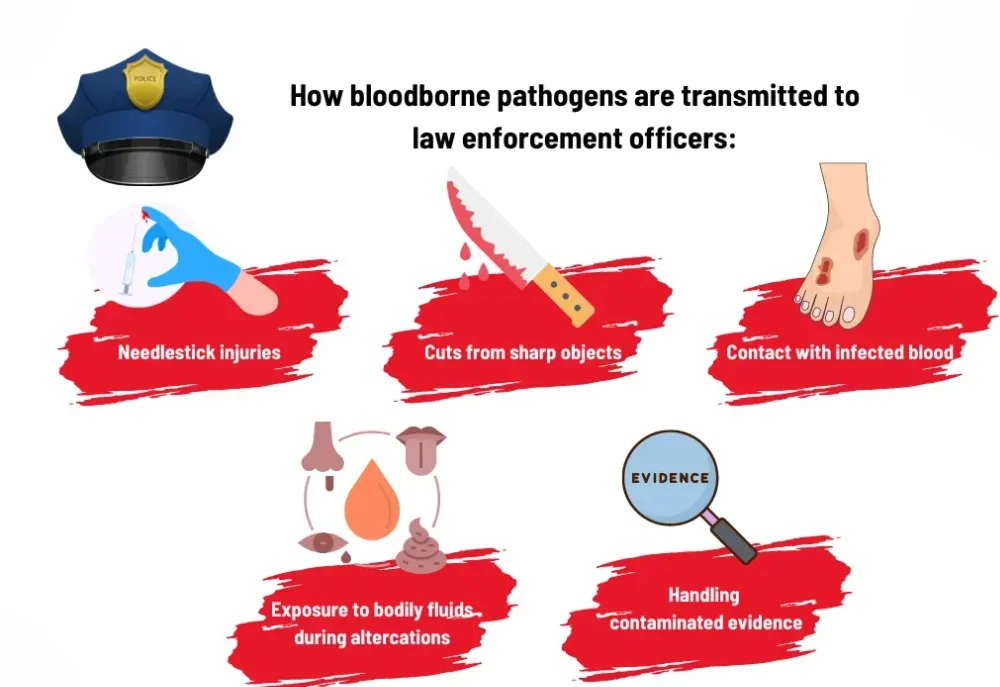Some Employees Face Significant Health Risks:
Understanding the OSHA Bloodborne Pathogen Standard
Every day, workers across various industries are exposed to a silent but serious risk—bloodborne pathogens. These are disease-causing microorganisms found in human blood and other potentially infectious materials (OPIM), such as saliva, semen, and fluids from open wounds. When safety precautions aren’t followed, exposure can lead to life-altering infections such as HIV, Hepatitis B (HBV), and Hepatitis C (HCV).
Recognizing this danger, the Occupational Safety and Health Administration (OSHA) issued the Bloodborne Pathogen Standard in 1991. This regulation applies to any employee who could reasonably anticipate contact with blood or OPIM as part of their job duties—this includes healthcare professionals, first responders, custodial staff, lab workers, and more.
What the Standard Requires
The purpose of the OSHA standard is to protect employees by minimizing or eliminating exposure to harmful pathogens. Employers must:
- Develop a written Exposure Control Plan
- Provide appropriate personal protective equipment (PPE)
- Offer the Hepatitis B vaccine to at-risk employees
- Ensure proper handling and disposal of sharps and other infectious waste
Annual Training is a Must
Each year, employees with potential exposure risk are required to complete Bloodborne Pathogen (BBP) training.
This training ensures employees understand:
- How bloodborne pathogens are transmitted
- Proper use of PPE like gloves, masks, and face shields
- Safe cleanup and disposal procedures
- What steps to take in case of an exposure incident
Why This Matters
This isn’t just about regulatory compliance—it’s about protecting lives. When employees are trained, equipped, and prepared, they’re less likely to suffer accidental exposure and more likely to respond effectively if incidents occur.
For example, a nurse trained to safely remove gloves after patient care minimizes their risk of cross-contamination. A janitor who knows how to correctly bag and label biohazardous waste keeps both themselves and others safe.
Is Your Team Up to Date?
The OSHA Bloodborne Pathogen Standard is an essential tool in workplace safety. Make sure your team receives their annual training—and keep your workplace protected.
Contact us today to schedule your BBP training session or learn more about exposure control programs for your workplace.



